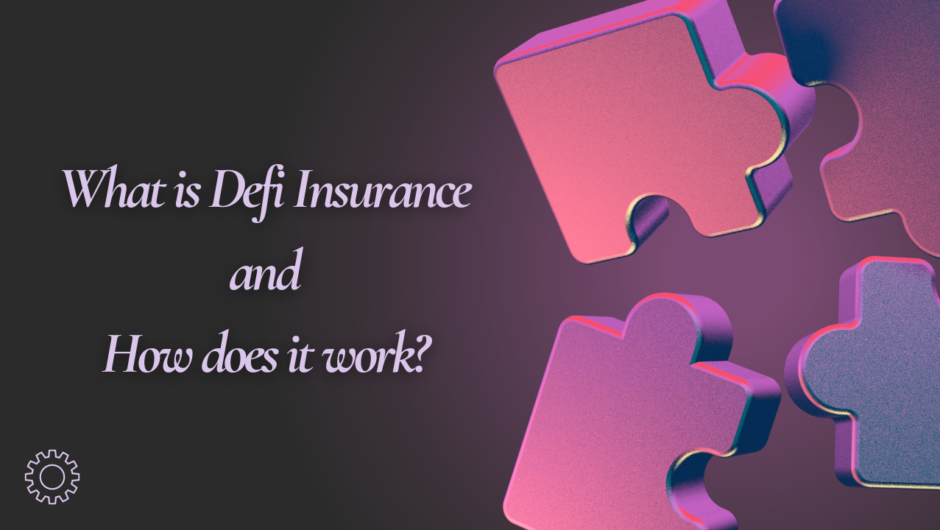A beneficiary of life insurance is an individual or entity designated to receive the death benefit from a life insurance policy upon the policyholder’s passing. This person or organization is crucial in ensuring that the financial support intended by the policyholder is directed as planned. Beneficiaries can include family members, friends, or charitable organizations, and they are named in the policy documents. The role of a beneficiary is pivotal in providing financial stability and support to loved ones, covering expenses, or fulfilling the policyholder’s charitable intentions. Understanding the designation and responsibilities of beneficiaries is essential for effective life insurance planning.

What is a Life Insurance Beneficiary?
A life insurance beneficiary is a person or organization designated to receive the proceeds from a life insurance policy when the policyholder passes away. The primary role of the beneficiary is to ensure that the financial benefits of the policy are distributed according to the policyholder’s wishes. Beneficiaries can be family members, such as a spouse, children, or siblings, but can also include friends, business partners, or charitable organizations. The designation of beneficiaries is a critical aspect of life insurance planning, as it determines who will benefit from the policy’s financial protection. It is essential for policyholders to review and update your beneficiary designations regularly, particularly following significant life events such as marriage, divorce, or the birth of a child. Properly naming beneficiaries helps ensure that the policy’s benefits are used effectively to meet the policyholder’s intended objectives.
Types of Beneficiaries
In life insurance policies, beneficiaries are categorized into primary and contingent types, each serving a specific role in the distribution of the policy’s benefits.
Primary Beneficiaries are the individuals or entities first in line to receive the death benefit from the policy. They are typically close family members, such as a spouse or children, who are intended to receive the funds directly upon the policyholder’s death.
Contingent Beneficiaries, also known as secondary beneficiaries, come into play if the primary beneficiaries are unable to claim the benefit due to their own death or if they are no longer eligible at the time of the policyholder’s passing. Contingent beneficiaries ensure that the policy’s benefits are still distributed according to the policyholder’s wishes even if the primary beneficiaries are not available. Properly designating both primary and contingent beneficiaries helps in ensuring the policy’s proceeds are directed efficiently and according to the policyholder’s intentions.
How to Designate a Beneficiary?
- Review Your Policy: Start by reading your life insurance policy to understand the requirements and options for designating beneficiaries.
- Identify Your Beneficiaries: Choose individuals or entities who will receive the death benefit. Consider family members, friends, or organizations.
- Gather Required Information: Collect necessary details for each beneficiary, such as their full name, date of birth, and contact information.
- Complete Designation Forms: Fill out the beneficiary designation forms provided by your insurance company. Clearly specify primary and contingent beneficiaries.
- Review and Update: It’s important to review and update your beneficiary designations regularly, particularly following significant life events such as marriage, divorce, or the birth of a child.
- Submit Forms: Send the completed forms to your insurance provider and confirm receipt.
- Keep Records: Retain copies of the completed forms and any correspondence with your insurer for your records.
When and How the Beneficiaries are Changing?
Beneficiaries on a life insurance policy can be changed at various times to reflect shifts in personal circumstances or preferences. Common instances for changing beneficiaries include:
- Major Life Events: Marriage, divorce, the birth of a child, or the death of a previously designated beneficiary. It is often necessitate updates to ensure that the policy reflects current wishes.
- Financial or Estate Planning: Adjustments in financial goals or estate planning strategies might require changes in beneficiaries to align with new objectives.
- Policy Review: Regular reviews of life insurance policies can reveal the need for updates, ensuring that beneficiary designations remain relevant.
To Change Beneficiaries:
- Complete a Change Form: Obtain and fill out a beneficiary change form from your insurance provider.
- Submit the Form: Send the completed form to your insurer and confirm receipt.
- Verify Changes: Check your policy documents or contact your insurer to ensure the updates have been processed correctly.
Common Mistakes to Avoid When Naming Beneficiaries
When naming beneficiaries, avoid these common mistakes:
- Outdated Designations: Regularly update beneficiaries to reflect life changes like marriage or divorce.
- Ambiguity: Clearly specify names and relationships to avoid confusion or disputes.
- Omission of Contingents: Designate contingent beneficiaries to ensure the benefit is distributed if primary beneficiaries are unavailable.
- Incorrect Information: Double-check contact details and personal information for accuracy.
- Not Considering Debts: Ensure beneficiaries understand any potential impact of debts or taxes on the benefit.
Conclusion
Ensuring your life insurance beneficiaries are correctly designated is crucial for meeting your final wishes and providing financial support to loved ones. By regularly reviewing and updating your beneficiary designations. That specifying both primary and contingent beneficiaries and avoiding common mistakes. You can ensure that your policy benefits are distributed as intended. This careful planning not only provides peace of mind but also helps prevent potential disputes and ensures that your financial legacy supports those you care about. Taking these steps ensures your life insurance serves its purpose effectively, reflecting your true intentions and securing your beneficiaries’ future.
Frequently Asked Questions (FAQs)
1. What happens if I don’t name a beneficiary?
If you don’t name a beneficiary, the life insurance proceeds may go to your estate, which could lead to delays and potential complications in distributing the funds according to your wishes.
2. Can I change my beneficiary at any time?
Yes, you can change your beneficiary designation at any time by submitting a beneficiary change form to your insurance provider. It’s important to review and update your beneficiaries regularly.
3. What should I do if my beneficiary dies before me?
If a named beneficiary dies before you, the benefit will typically go to the contingent beneficiary, if designated. If none are named, the proceeds may go to your estate, so it’s crucial to keep your beneficiary designations current.
Read More:
- Bike Insurance: Premium Details And How To Buy
- How safe private insurance companies are?
- 7 principles of Insurance which every investor should know
- Why should you avail life insurance?

Hello, I am Tanisha Kriplani, graduated in computer science from Delhi University. I am passionate about web content writing and have a strong interest in Data Analytics and Data Engineering.












